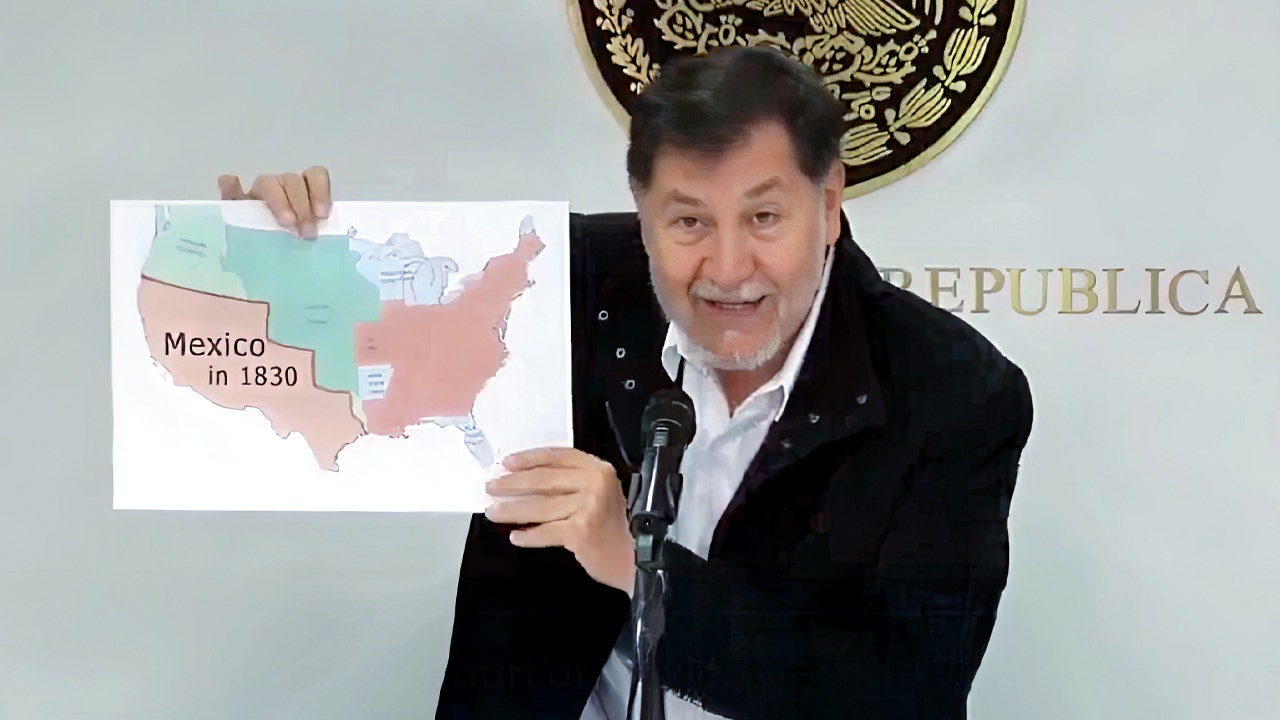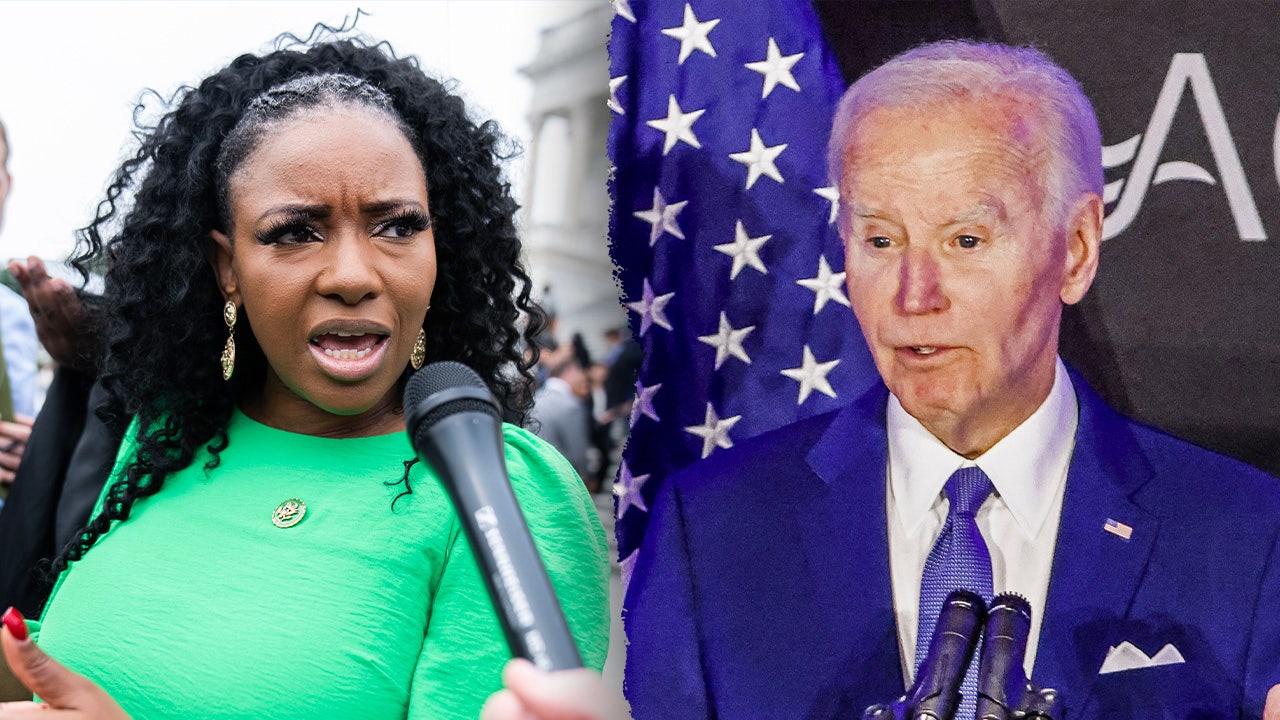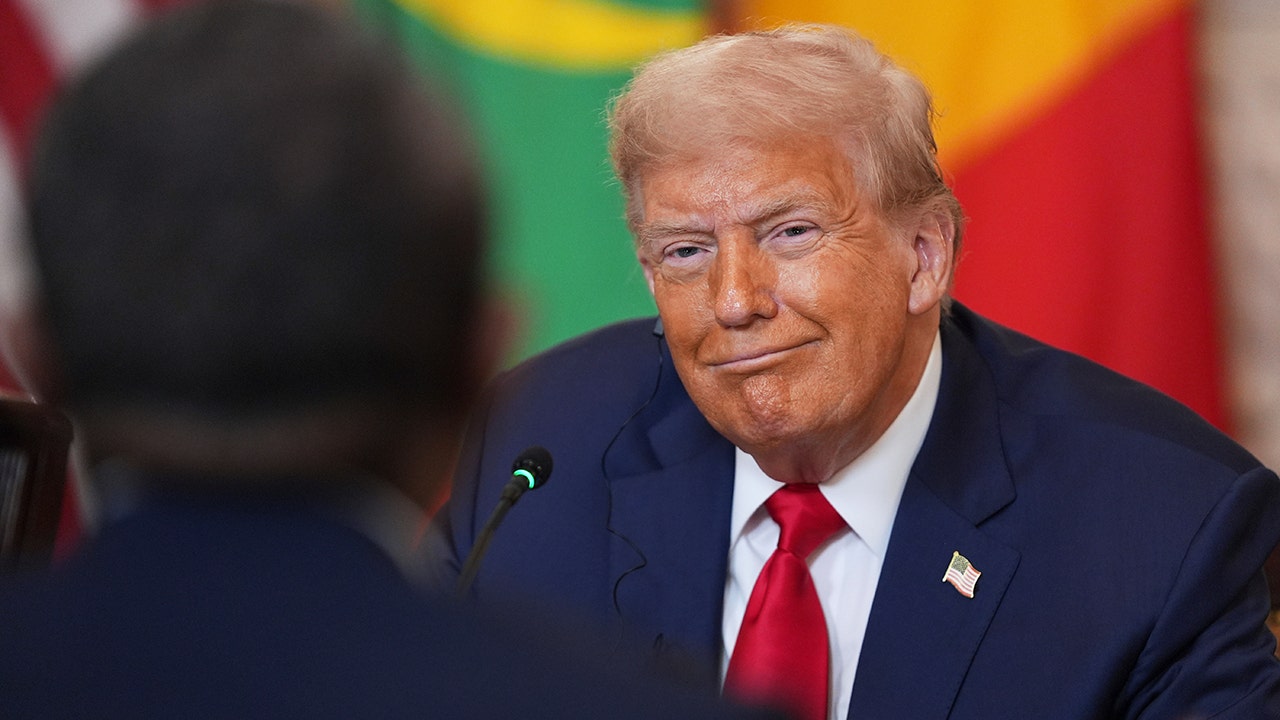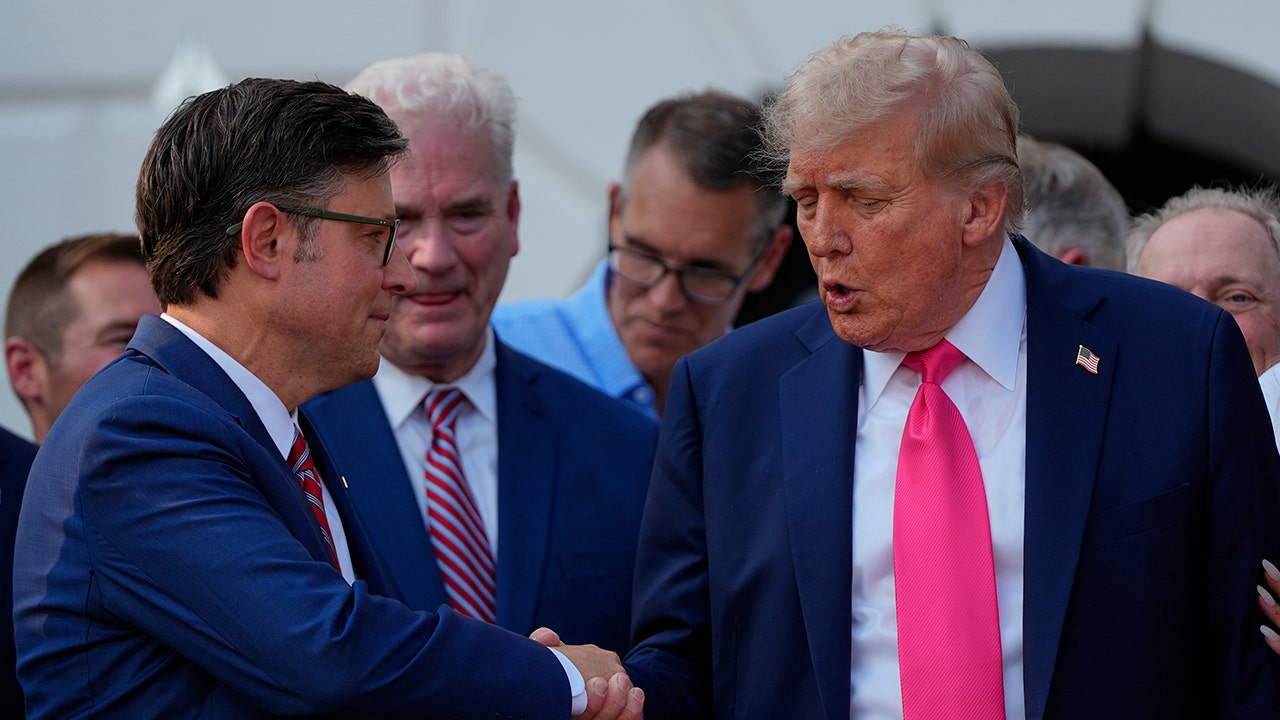Mexican official claims California, Texas were ‘stripped’ from Mexico

Mexico’s Senate president, Gerardo Fernández Noroña, made a bold statement this week regarding the controversial issue of the U.S.-Mexico border wall. He suggested that Mexico would be willing to pay for the border wall if the border were redrawn to match the boundaries of the 1830s when much of the American Southwest belonged to Mexico.
Noroña, speaking in Spanish in Mexico, addressed the recent federal immigration raids in Los Angeles, which have sparked violent riots and protests. Demonstrators were seen waving Mexican flags on U.S. soil, leading to criticism from senior Trump advisor Stephen Miller, who referred to the scenes as evidence of Los Angeles being “occupied territory.”
In a private conversation with President Donald Trump in New York in 2017, Noroña reportedly proposed that Mexico would build and pay for the border wall under the condition that the border would be based on the map of Mexico from the 1830s. This proposal would involve a significant territorial cession, accounting for at least 48% of the U.S. electoral vote.
Noroña lamented the Treaty of Guadalupe Hidalgo, which ended the Mexican-American War and resulted in Mexico losing about one-third of its territory to the United States. He argued that the treaty, signed in 1848, was not respected and highlighted the establishment of Nuevo Laredo by disaffected residents of Laredo, Texas, on the Mexican side of the Rio Grande.
The Mexican senator emphasized the historical ties of Mexican men and women to the land, asserting that Los Angeles and California have always been their homeland. He also questioned the U.S. government’s right to implement harsh immigration measures that violate the dignity of migrants.
Noroña’s comments sparked a debate on the complex historical and political issues surrounding the U.S.-Mexico border and the implications of redrawing it based on 19th-century maps. The proposal raises questions about sovereignty, territorial integrity, and the rights of individuals living in border regions.
As the debate continues, it is clear that the issue of the border wall and the broader immigration policy will remain contentious topics in the bilateral relationship between the United States and Mexico. The historical context and implications of redrawing the border add a new dimension to the ongoing debate and highlight the complexities of border politics in the modern era.




